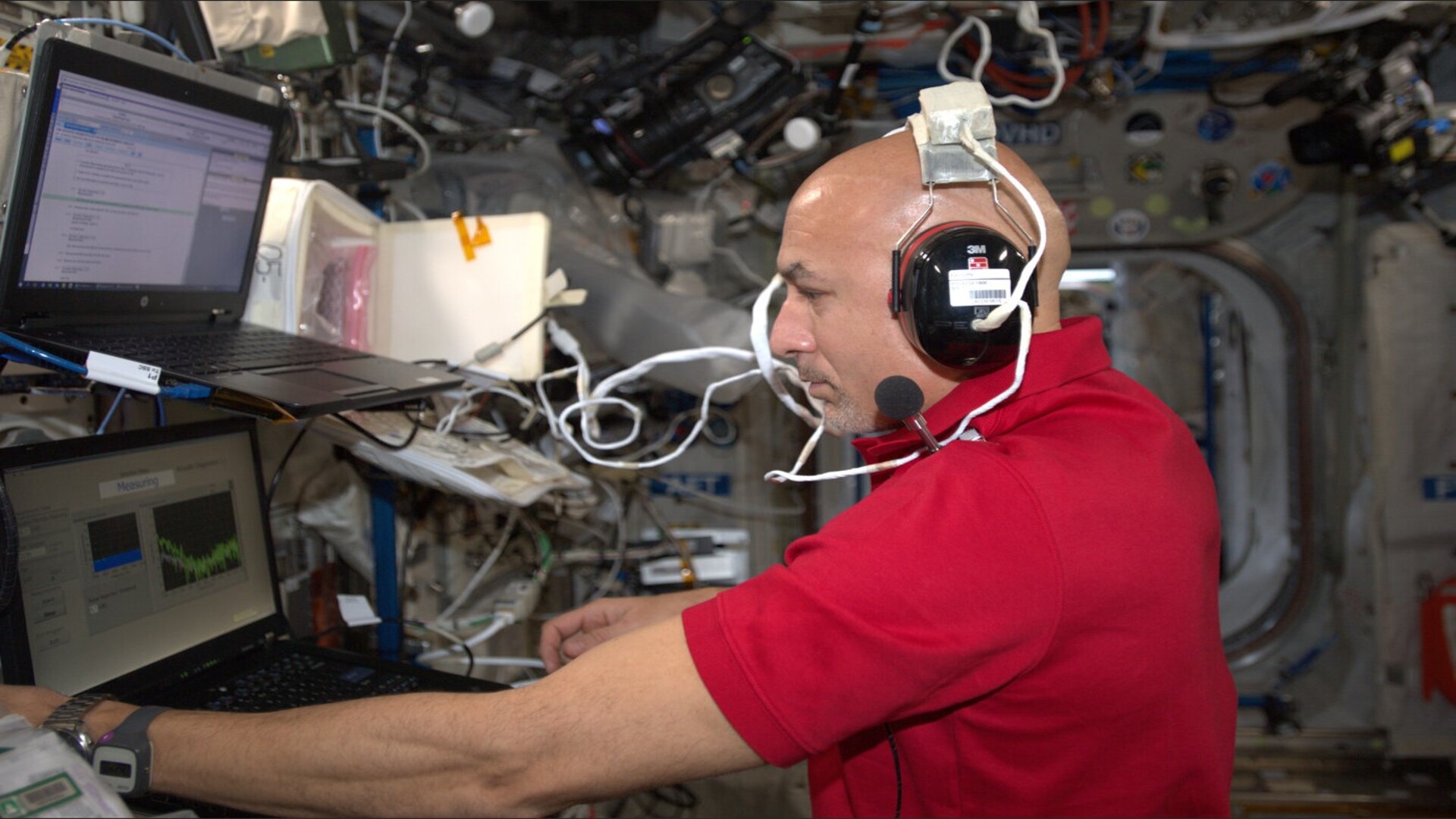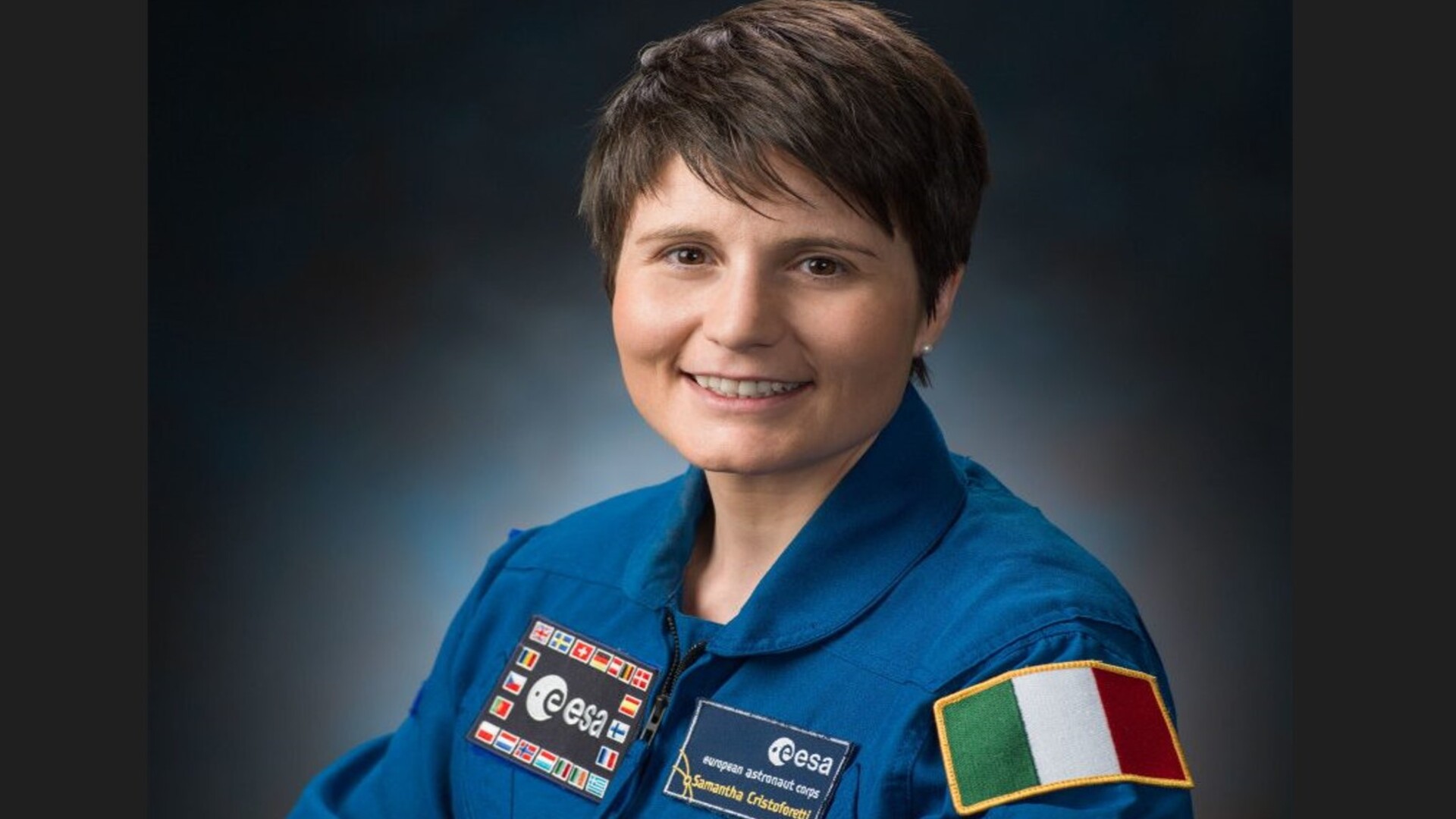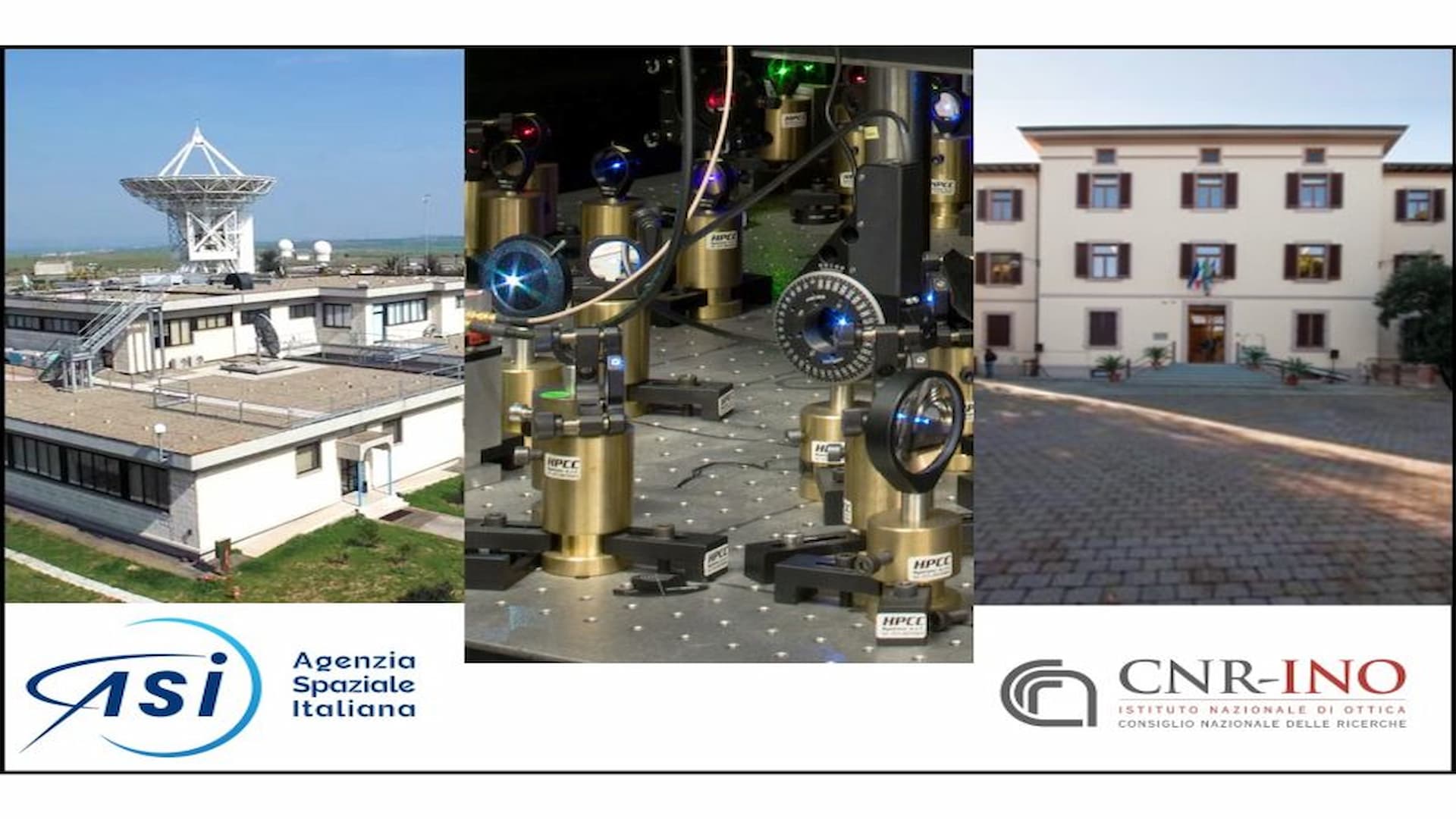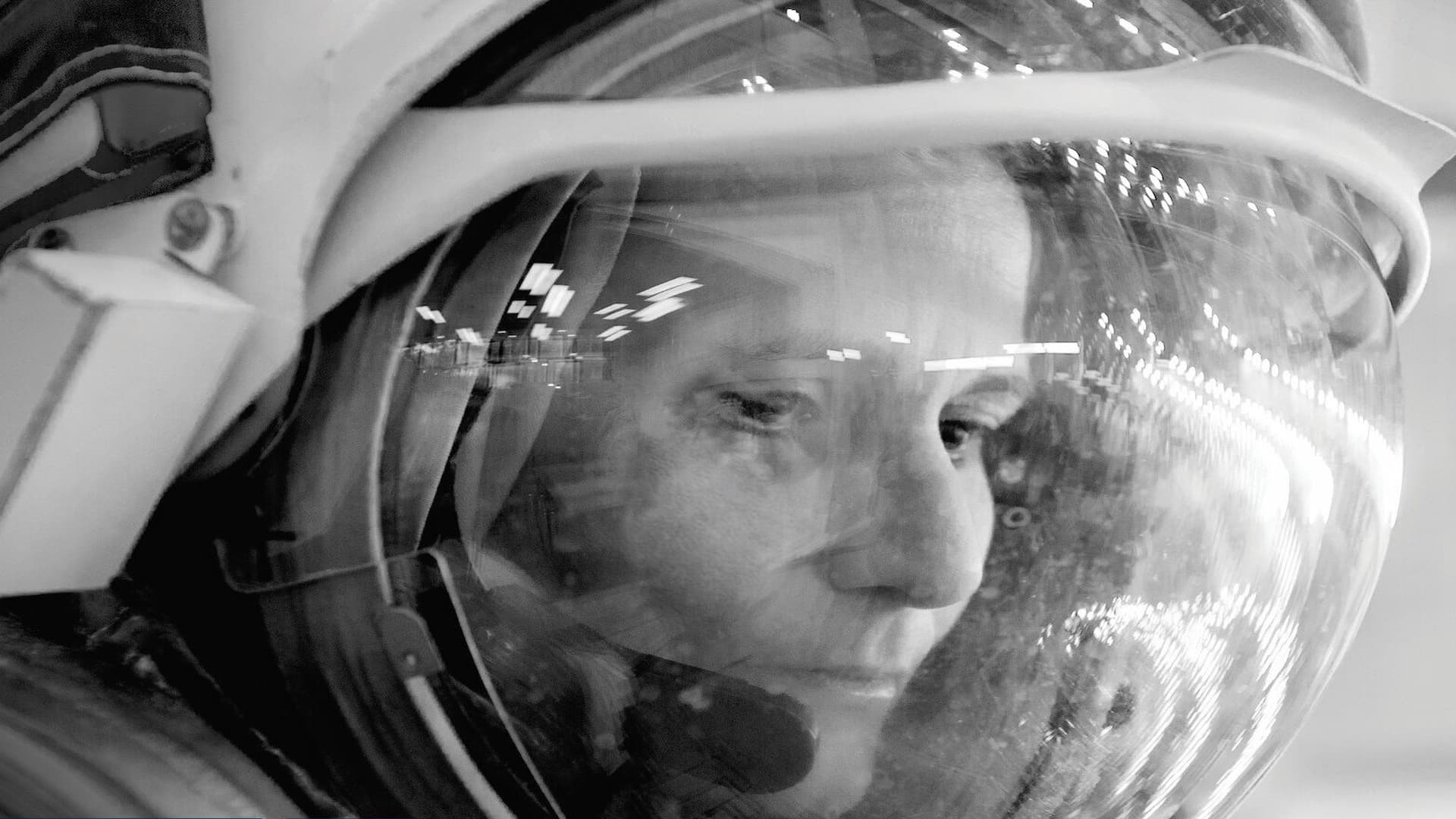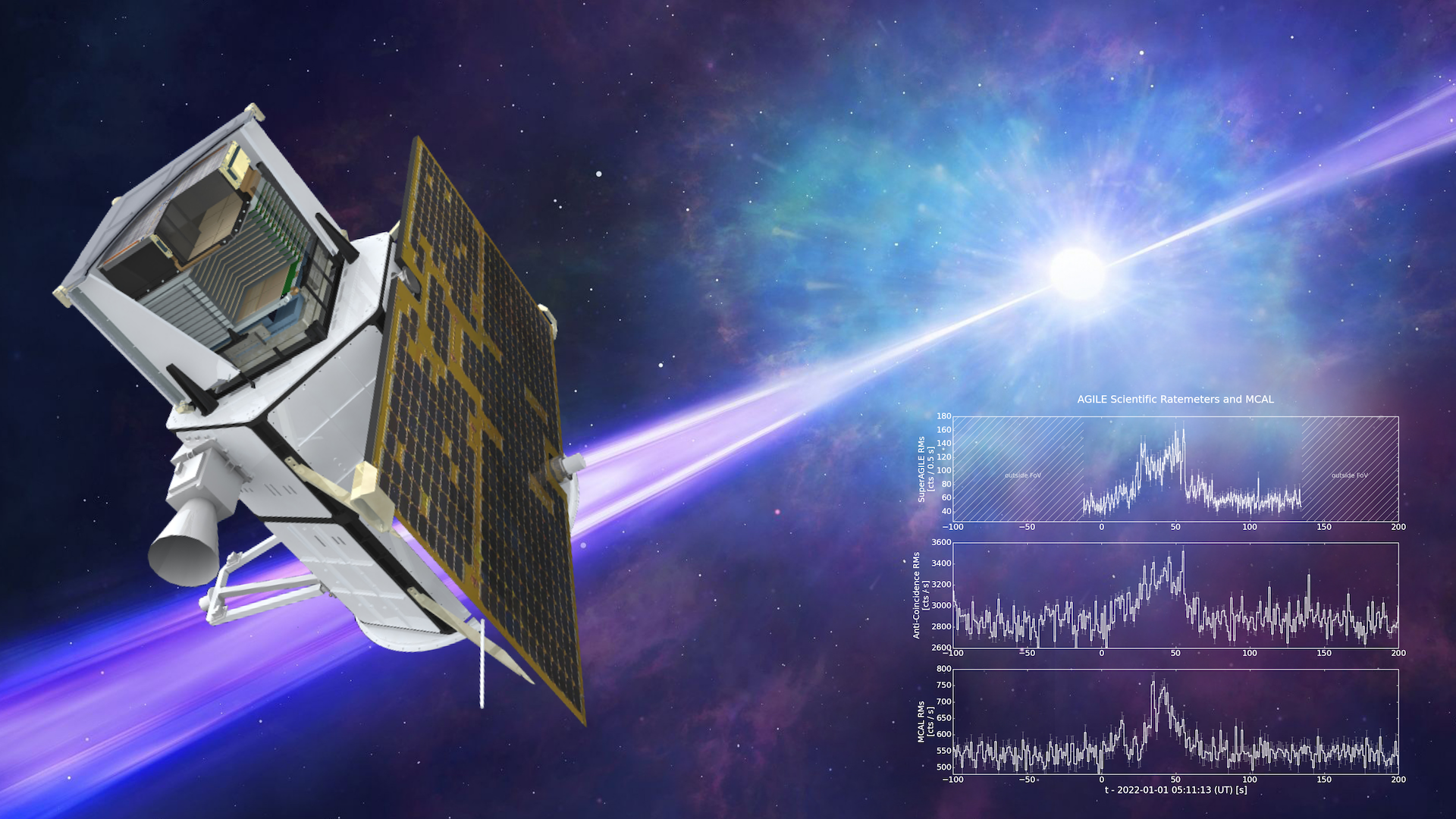On Earth, blood flows down from a person’s brain back toward the heart thanks in part to gravity, but very little is known about how this flow happens without gravity’s effects. Many crewmembers report headaches and other neurological symptoms in space, which may be related to the lack of gravity acting on blood flowing through the veins. Drain Brain uses a special neck collar to measure blood flow from the brain, to help researchers understand which physical processes in the body can compensate for the lack of gravity to ensure blood flows properly. The neck collar developed in the research is a strain-gauge plethysmography system able to investigate human physiology processes, according to an experimental protocol to be applied by the crew member during the mission on the ISS. The instrumentation is used on board the ISS both to study cerebral venous return in microgravity conditions and to properly understand the phenomena of physiological adaptation.
Strain-gauge plethysmography is a non-invasive technique that measures variations in capacitance associated with changes in blood volume, recorded through a stretch sensor encircling the neck. Thus, it is ideal to investigate patients because it is not operator-dependent and non-invasive, but it can also to be transported into space in order to understand the modality of brain venous drainage in a microgravitational setting.


